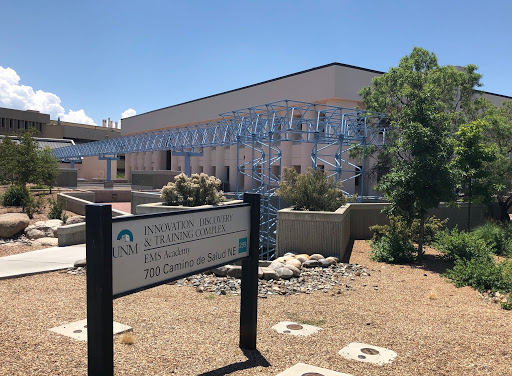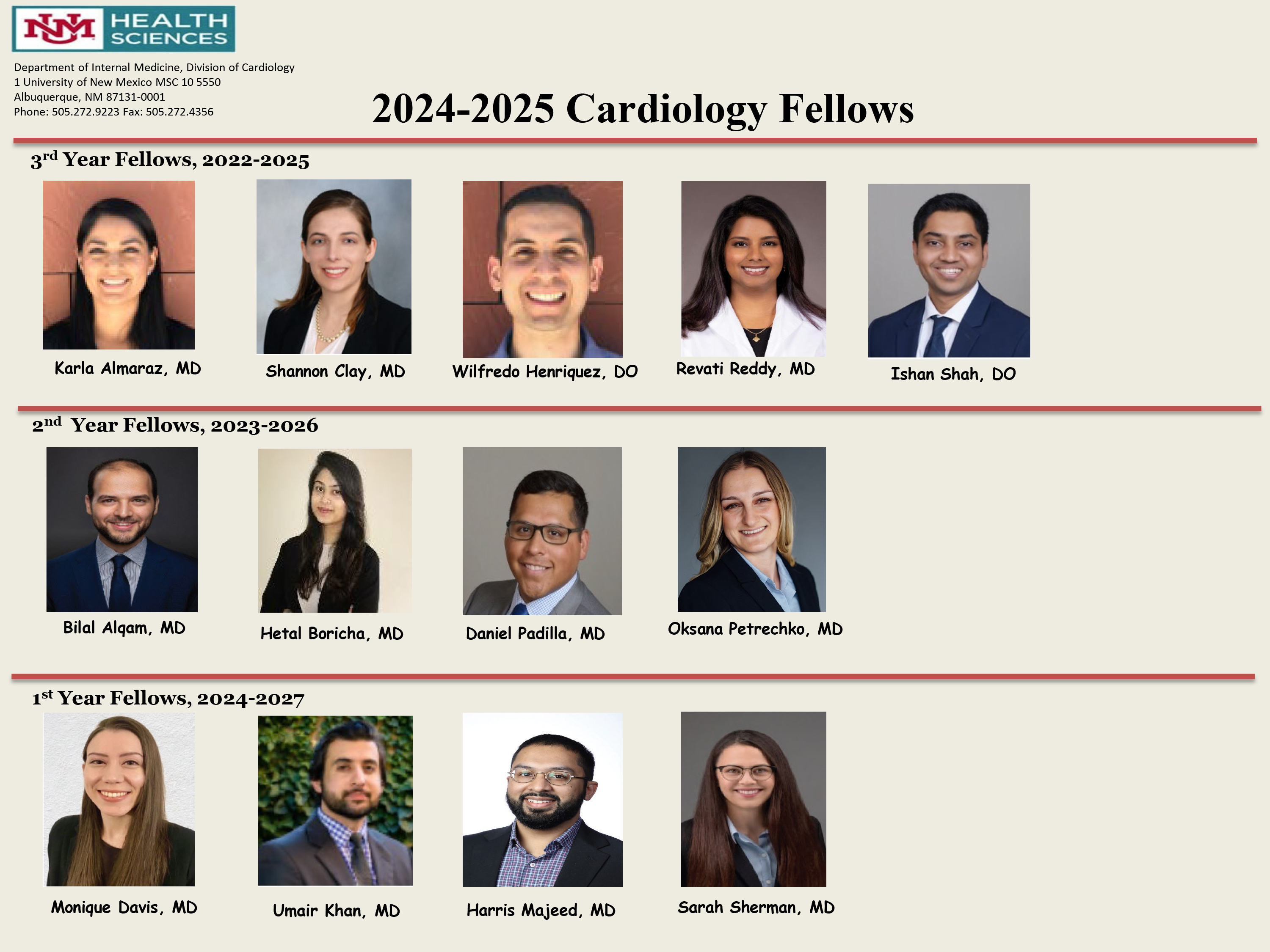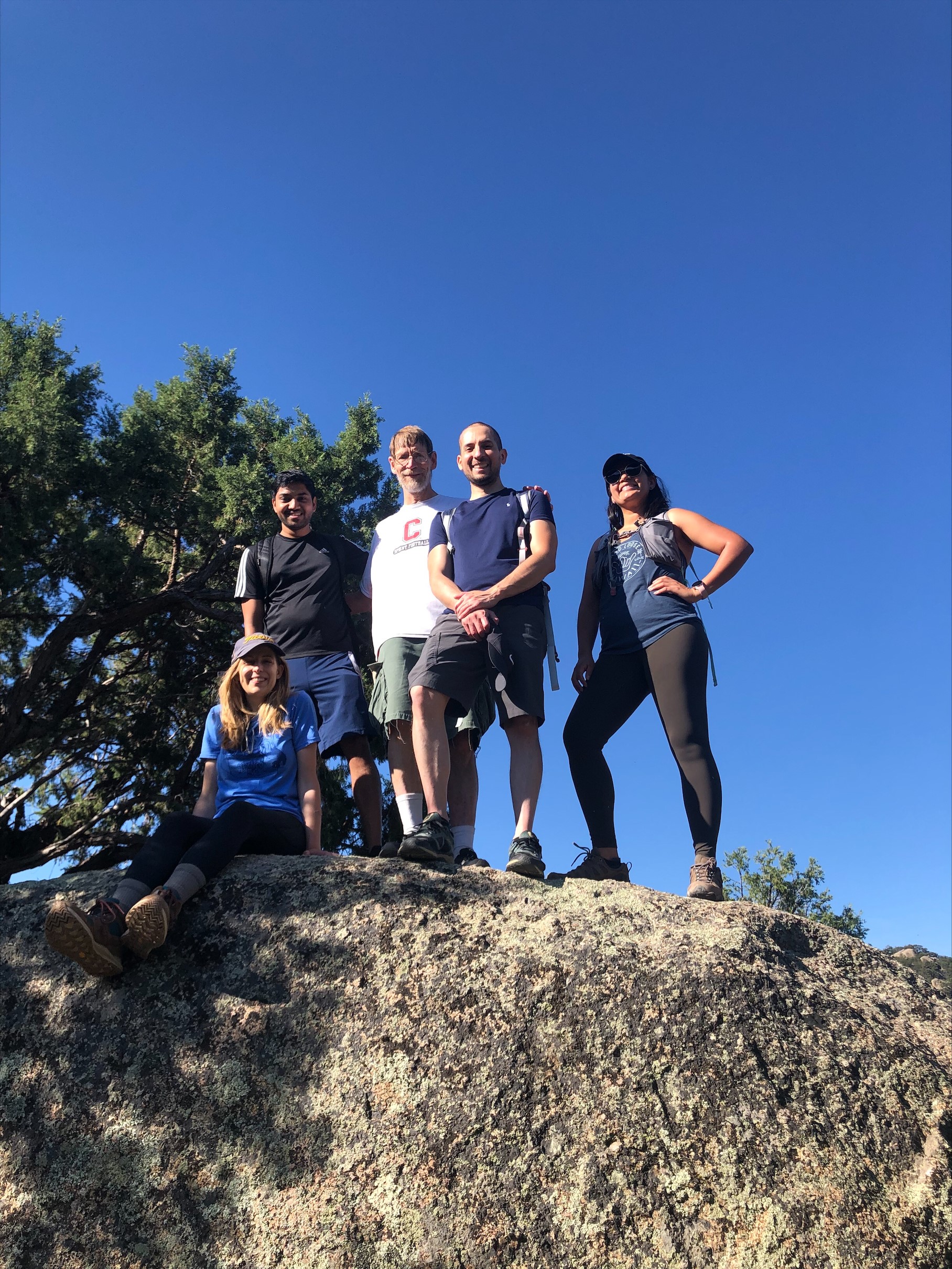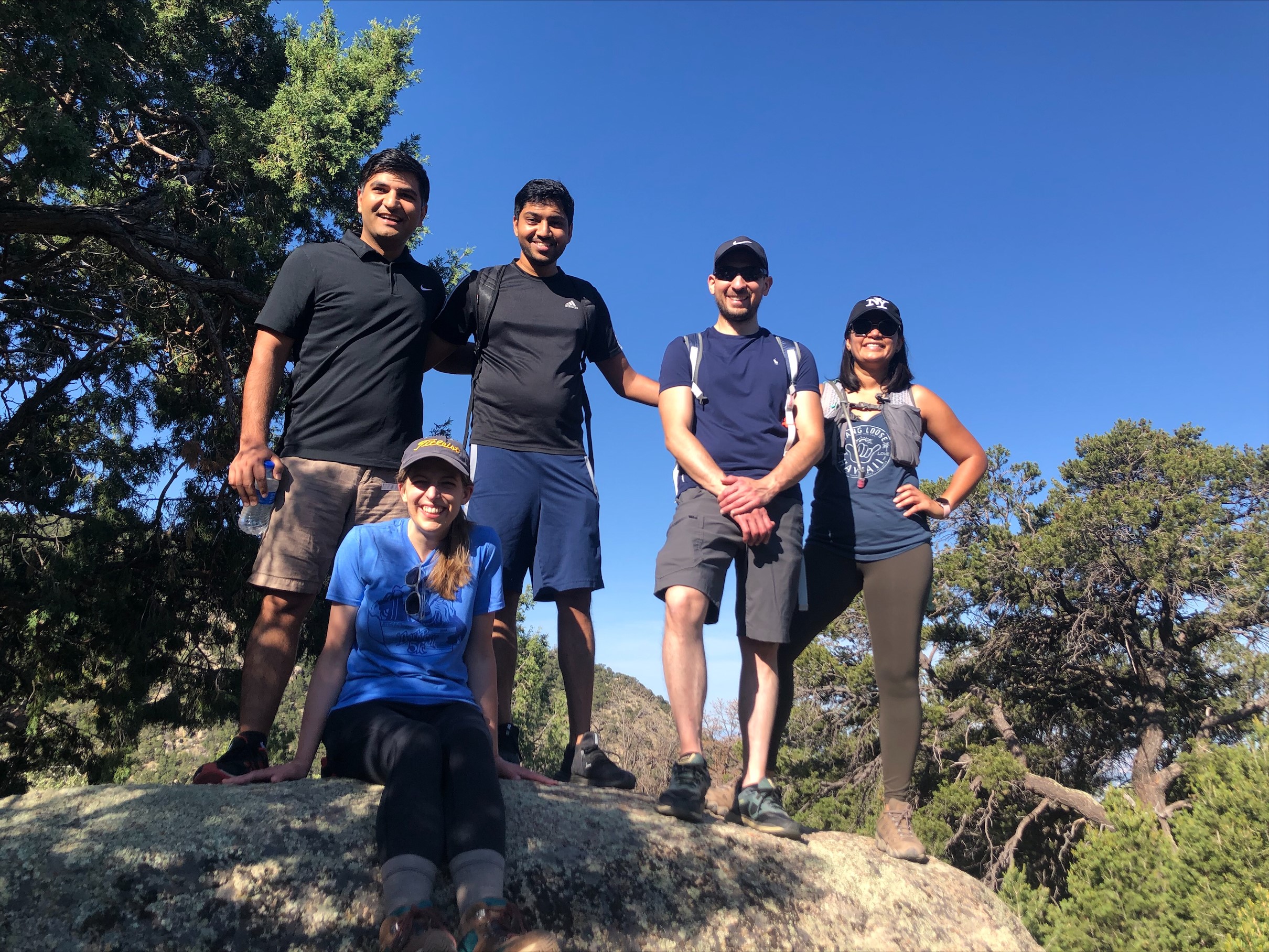The Cardiovascular Disease Fellowship Training Program provides experience encompassing the entire spectrum of cardiovascular disease.
 505-272-4253
505-272-4253

The Cardiovascular Disease Fellowship Program at the University of New Mexico spans three years of clinical cardiology training in a nationally recognized academic medical center and its affiliated Veterans Administration Hospital. There are four fellowship positions annually, with an additional fellowship position available every three years for 13 fellows in the program.
This level of training prepares an individual to perform at the level of a consultant in cardiovascular disease. Additional training is required for individuals desiring to independently perform and interpret studies, such as diagnostic cath, echocardiography, and nuclear imaging, corresponding to Level 2 COCATS training. Hands-on training in invasive and electrophysiology labs is available without subspecialty fellows to limit exposure. Subspecialty clinic exposure includes heart failure, valve, adult congenital, cardio-oncology, electrophysiology, and cardio-renal clinics.
Our fellows enjoy working at an institution and division that values their efforts, supports diversity, and provides a work-life balance for physicians advancing their training and life. In addition, our faculty are dedicated to the pursuit of delivering high-quality education, scholarly achievement, and care for the complex medical patients of the State of New Mexico and beyond, regardless of their means. This environment and mission enable us to thrive as the premier academic medical center for New Mexico and provide the best care for complex cardiovascular patients.
University of New Mexico Hospital is on the University of New Mexico Health Sciences Center campus. It is a 618-bed general and tertiary care hospital including complete pediatric services and outpatient facilities and is the only level I trauma center in New Mexico. The hospital also operates its air service, including fixed-wing and helicopters. The hospital has a coronary care unit, cath lab, electrophysiology lab, echo lab, heart station, nuclear cardiology laboratory, and a 20-bed cardiac step-down unit. It provides the fellows unique educational opportunities, including pediatric cardiology, cardiac trauma, adult congenital heart disease, and structural heart interventions.
The New Mexico VA health care system is a 350-bed tertiary care hospital that serves veterans from a four-state area, active duty Air Force, and Air Force dependents. The hospital includes a coronary care unit, cath lab, electrophysiology lab, echo lab, heart station, a 12-bed CCU/cardiac step-down unit, a 20-bed telemetry unit, outpatient facilities, and numerous research facilities.
The VA Hospital provides the trainees with the opportunity to deal with severe coronary artery disease, degenerative valve disease, and malignant ventricular arrhythmias.
The first year of fellowship is devoted to clinical training. Rotations consist of 13 four-week blocks, which occur at both University Hospital and the VA and include:
Outpatient continuity clinic begins in the first year and continues throughout the duration of training. Fellows have clinic one-half day per week, alternating between the University and VA.
The second year of training involves similar rotations but with more flexibility in scheduling desired rotations and an emphasis on independent decision-making in clinical care settings. More research time is allotted with the expectation of preparing and submitting an abstract and article for peer review during the third year of fellowship. Participation in national conferences is expected, and funding for travel is provided.
The third year of training is designed to transition from fellowship to future career plans, whether that is further subspecialty training, an academic career, or clinical practice. There is an emphasis on completing rotations to achieve COCATS level 2 training in desired aspects of cardiology, as well as completion of the research requirements as outlined above. Fellows are expected to further develop their independent decision-making and teaching abilities. Focused training in future career plans is available for fellows who wish to pursue it. Historically, all fellows become COCATS level 2 trained in the major disciplines within cardiovascular medicine.
Didactic lectures cover a broad range of cardiovascular topics.

University of New Mexico Hospital is on the University of New Mexico Health Sciences Center campus. It is a 618-bed general and tertiary care hospital including complete pediatric services and outpatient facilities and is the only level I trauma center in New Mexico. The hospital also operates its air service, including fixed-wing and helicopters. The hospital has a coronary care unit, cath lab, electrophysiology lab, echo lab, heart station, nuclear cardiology laboratory, and a 20-bed cardiac step-down unit. It provides the fellows unique educational opportunities, including pediatric cardiology, cardiac trauma, adult congenital heart disease, and structural heart interventions.
The New Mexico VA health care system is a 350-bed tertiary care hospital that serves veterans from a four-state area, active duty Air Force, and Air Force dependents. The hospital includes a coronary care unit, cath lab, electrophysiology lab, echo lab, heart station, a 12-bed CCU/cardiac step-down unit, a 20-bed telemetry unit, outpatient facilities, and numerous research facilities.
The VA Hospital provides the trainees with the opportunity to deal with severe coronary artery disease, degenerative valve disease, and malignant ventricular arrhythmias.
The first year of fellowship is devoted to clinical training. Rotations consist of 13 four-week blocks, which occur at both University Hospital and the VA and include:
Outpatient continuity clinic begins in the first year and continues throughout the duration of training. Fellows have clinic one-half day per week, alternating between the University and VA.
The second year of training involves similar rotations but with more flexibility in scheduling desired rotations and an emphasis on independent decision-making in clinical care settings. More research time is allotted with the expectation of preparing and submitting an abstract and article for peer review during the third year of fellowship. Participation in national conferences is expected, and funding for travel is provided.
The third year of training is designed to transition from fellowship to future career plans, whether that is further subspecialty training, an academic career, or clinical practice. There is an emphasis on completing rotations to achieve COCATS level 2 training in desired aspects of cardiology, as well as completion of the research requirements as outlined above. Fellows are expected to further develop their independent decision-making and teaching abilities. Focused training in future career plans is available for fellows who wish to pursue it. Historically, all fellows become COCATS level 2 trained in the major disciplines within cardiovascular medicine.
Didactic lectures cover a broad range of cardiovascular topics.




Interim Division Chief
James Blankenship, MD
Division of Cardiology
Department of Internal Medicine
MSC10-5550
1 University of New Mexico
Albuquerque, NM 87131
Phone: 505-272-4253
Email: cardiology@salud.unm.edu
Cardiology Clinic
Phone: 505-272-2273